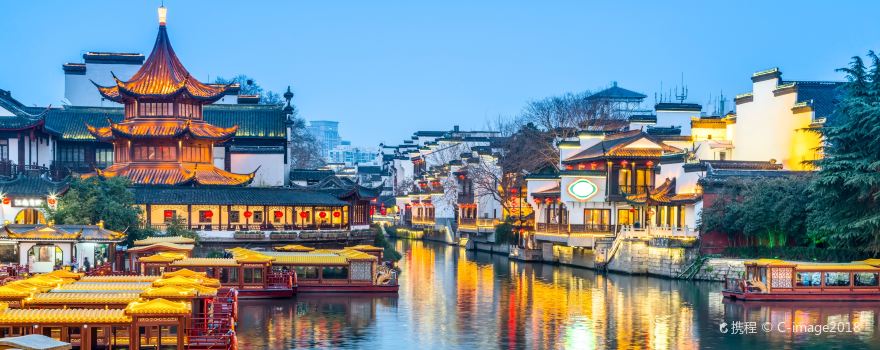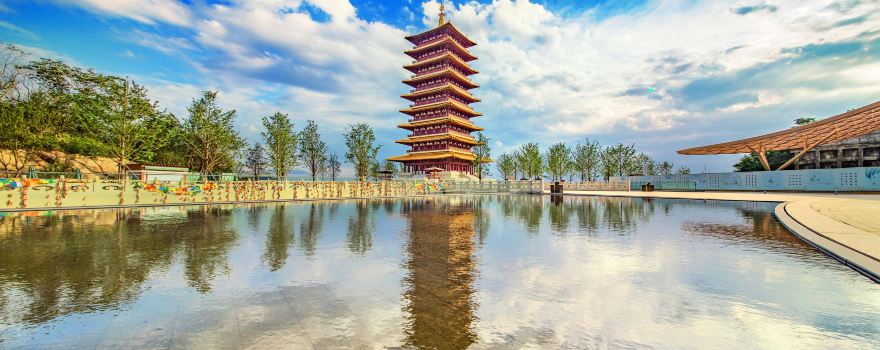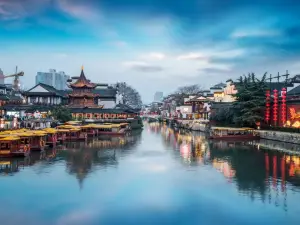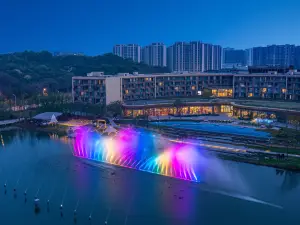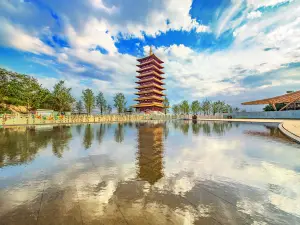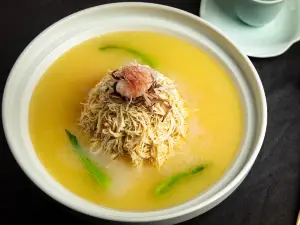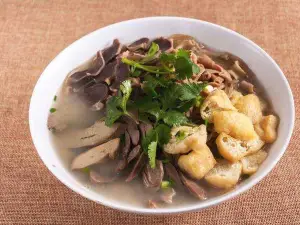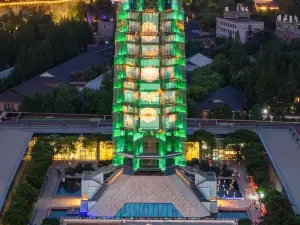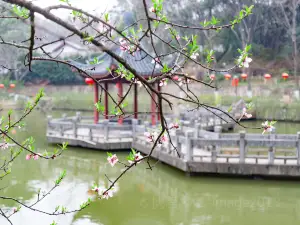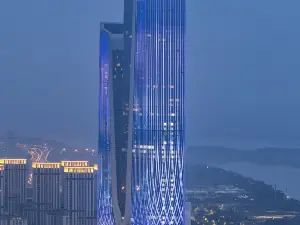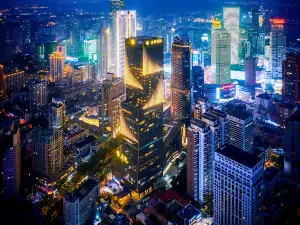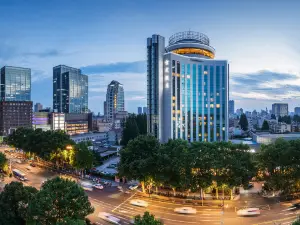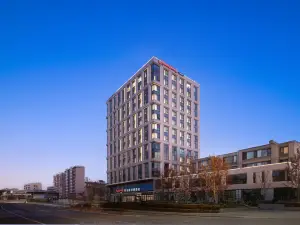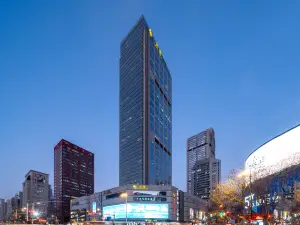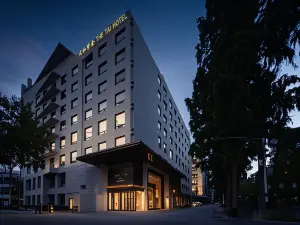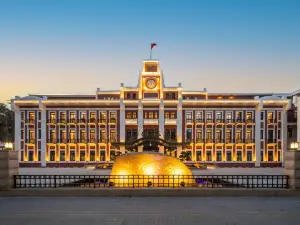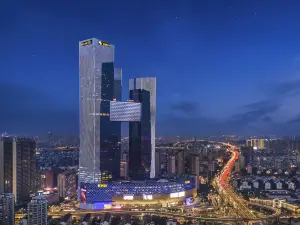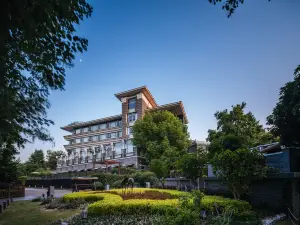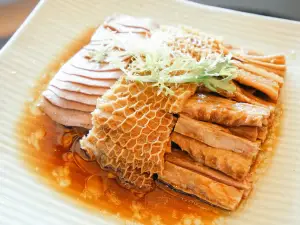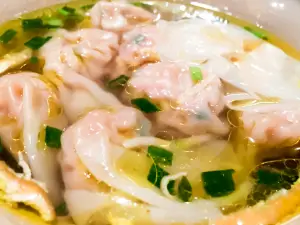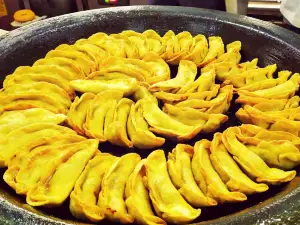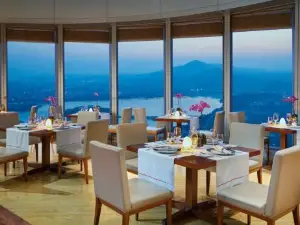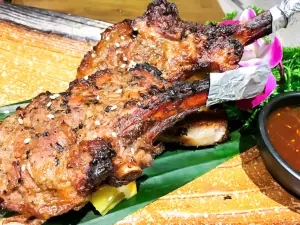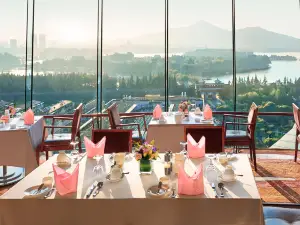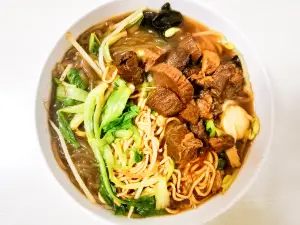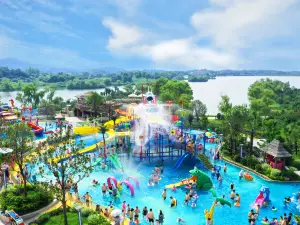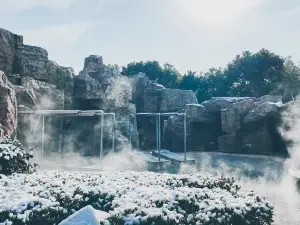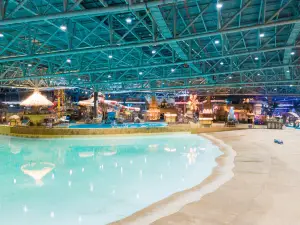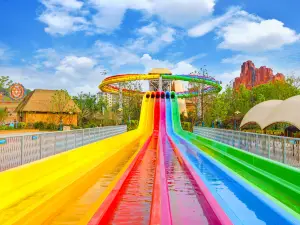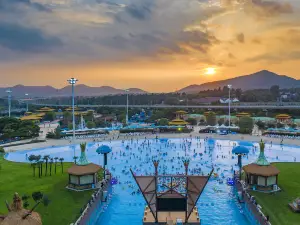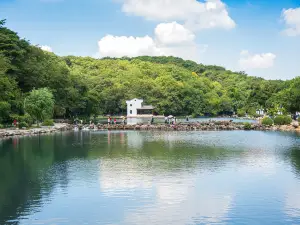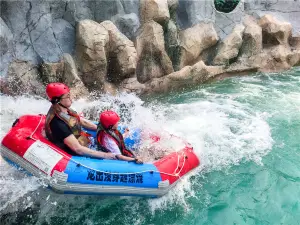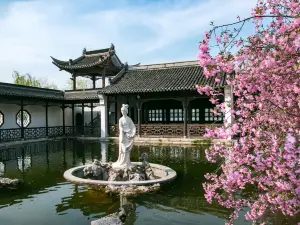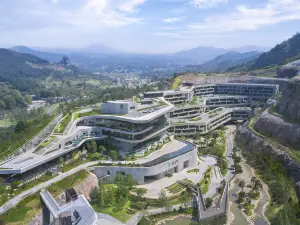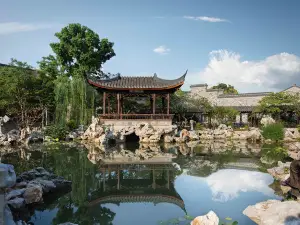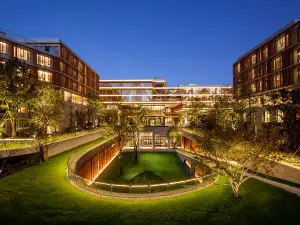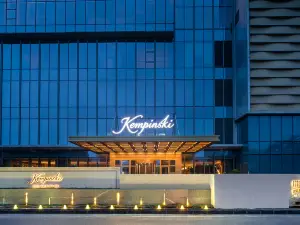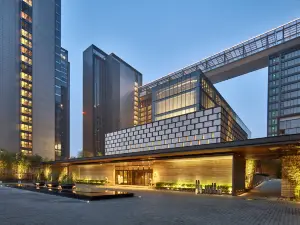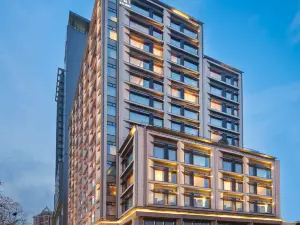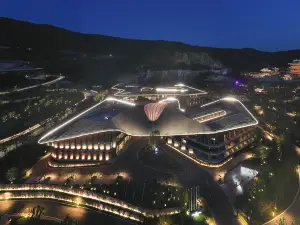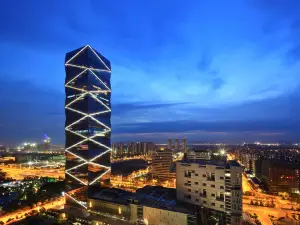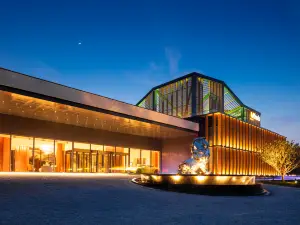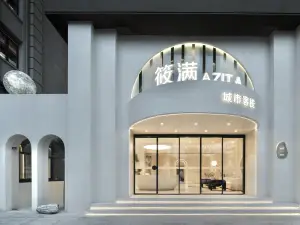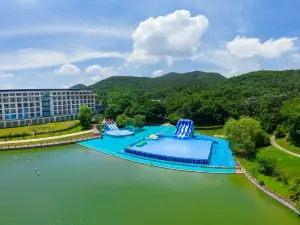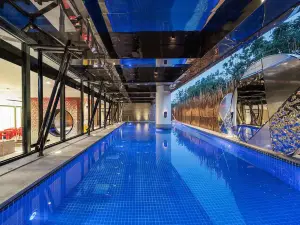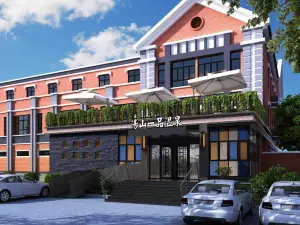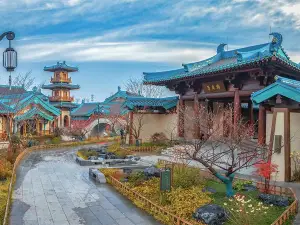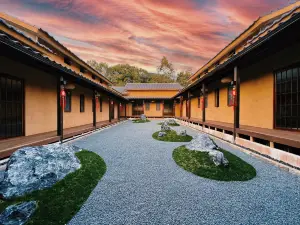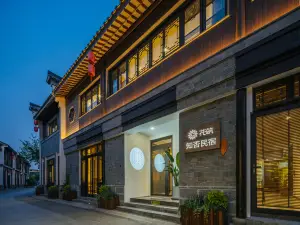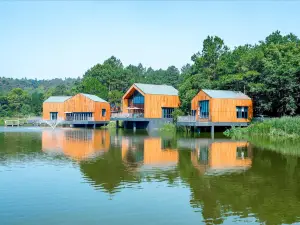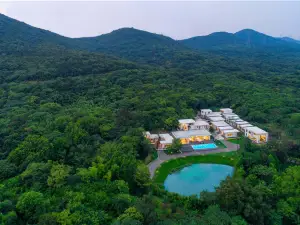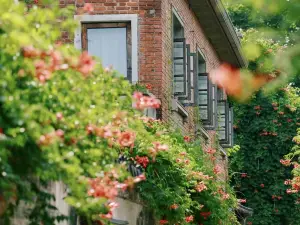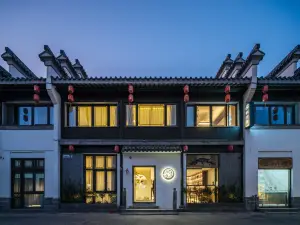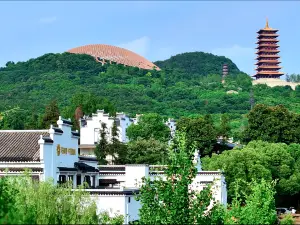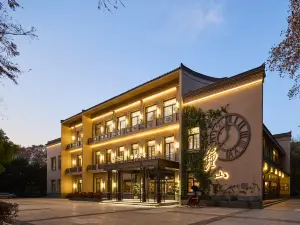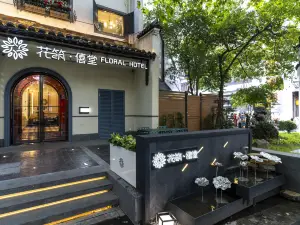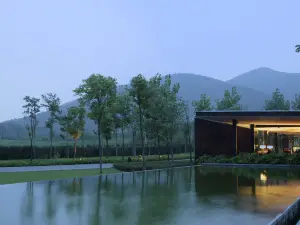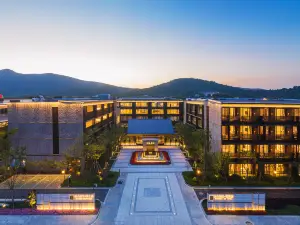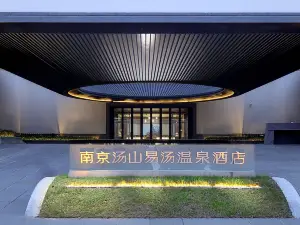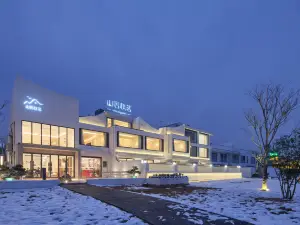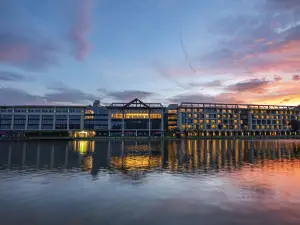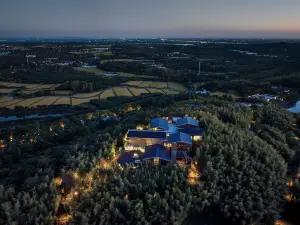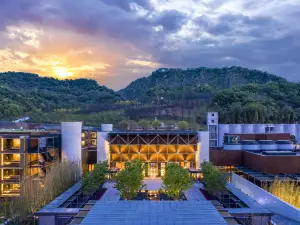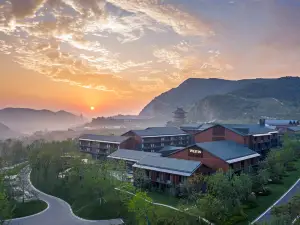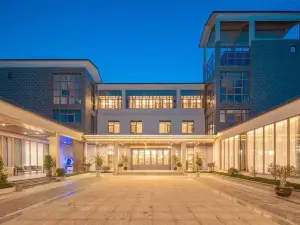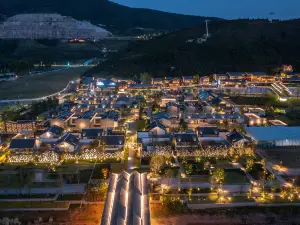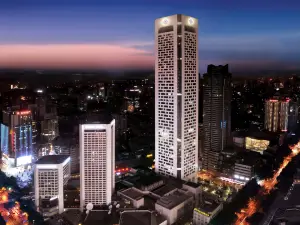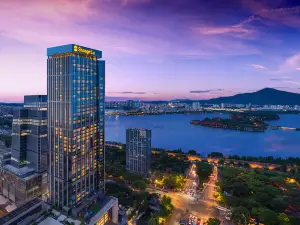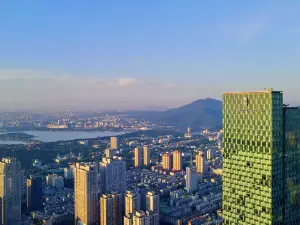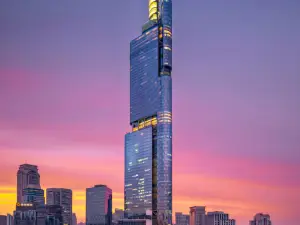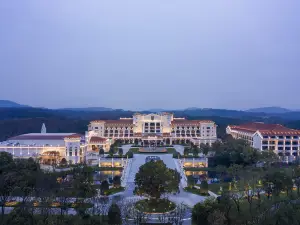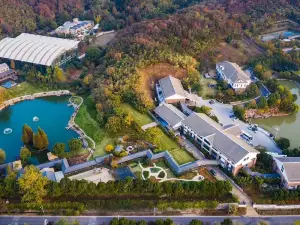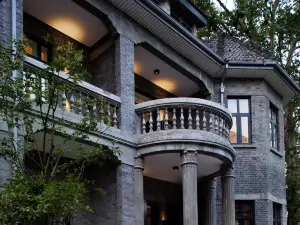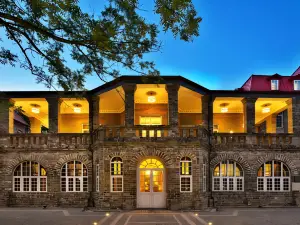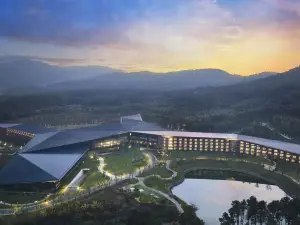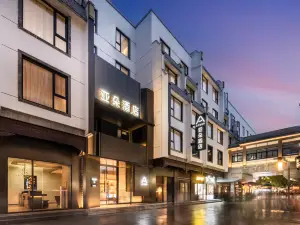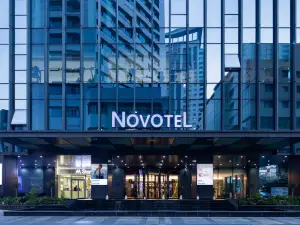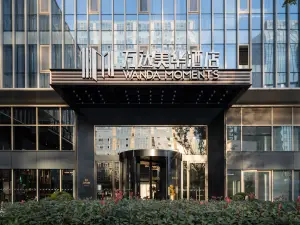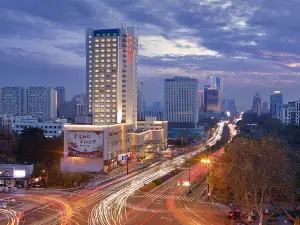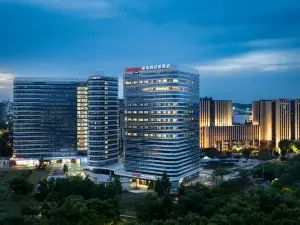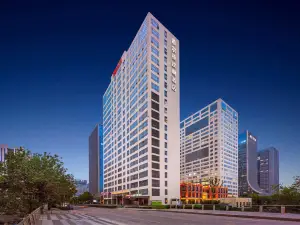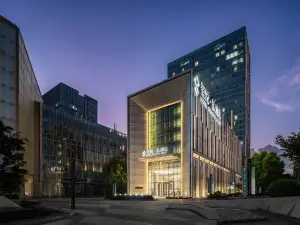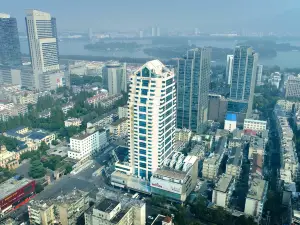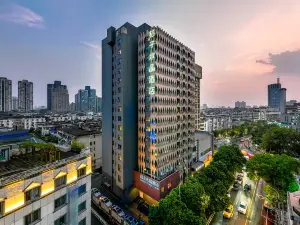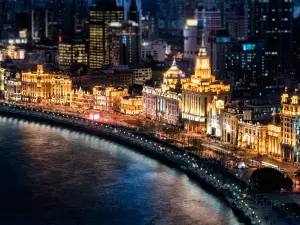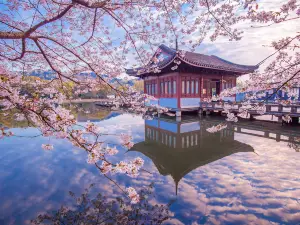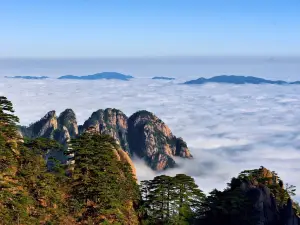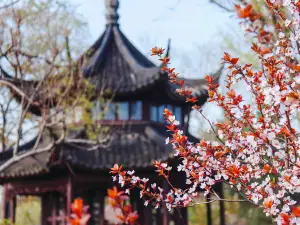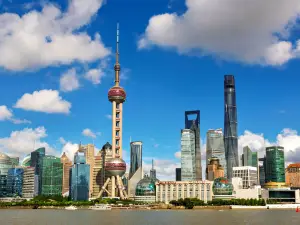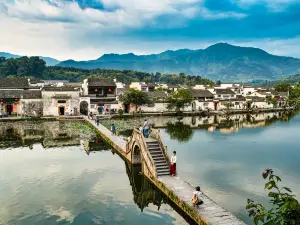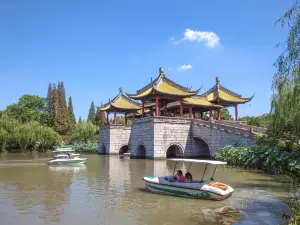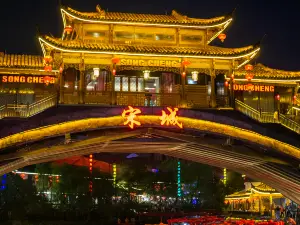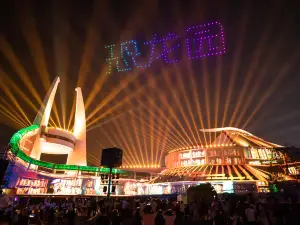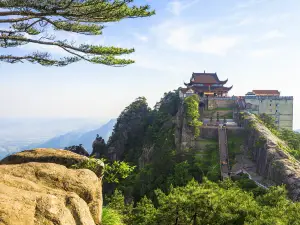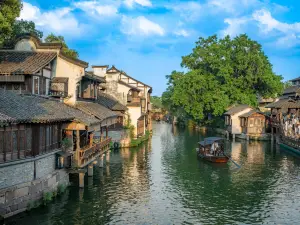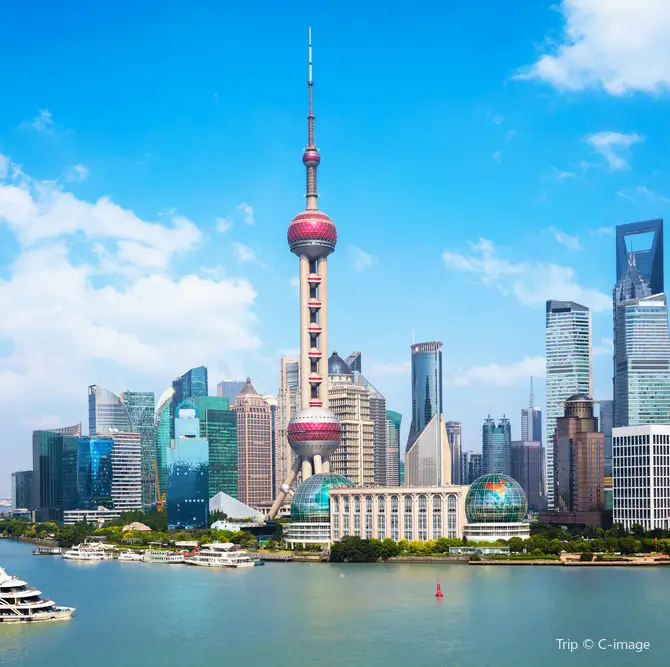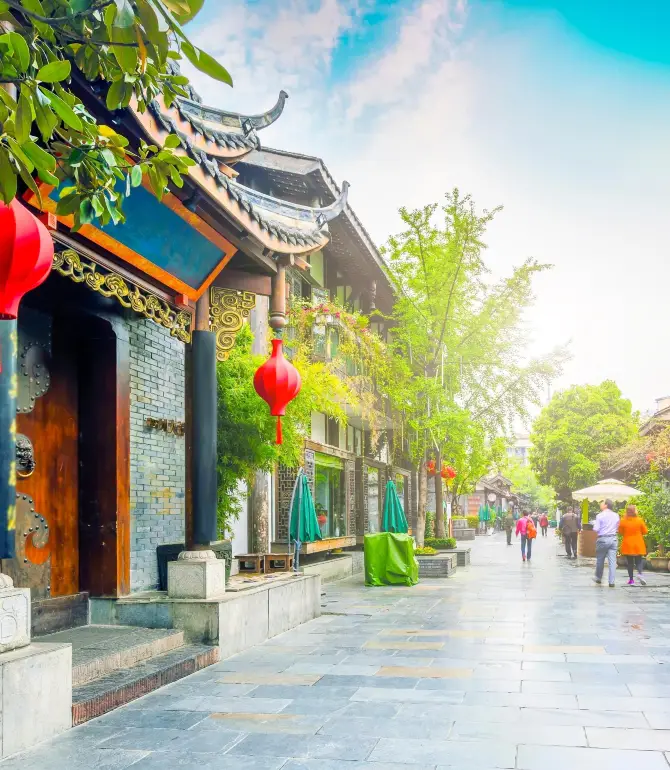Things to do in Nanjing (2025): Top nearby activities,popular attractions,itinerary planning,weather,accommodation,food,transportation,and more - all you need to know (updated July 2025) | Trip.com
About Nanjing
Recommended length of visit
Recommended length of visitCurrent Weather Conditions
Nanjing Local Experiences Map

Trending in Nanjing
Nanjing Local Travel Guide 2025
Nanjing Brief Guide
Nanjing was called Jinling in ancient times. This settlement was an ancient capital thousands of years ago throughout several dynasties and kingdoms, and the traces of history can be found here wherever you go. When in Nanjing, climbing atop Taicheng, a five-minute walk on top of the Nanjing Ming Dynasty City Wall, on the south bank of Xuanwu Lake. This city wall, with 600 years of history, looks east to the verdure of Zhongshan Mountain, while the blue waters of the Xuanwu Lake ripple in your gaze and the bells of the ancient Jiming Temple resound in the distance. Stroll through the beautiful Yihe Mansions area, get a cup of coffee in the renowned 1912 district, or walk beneath the colorful canopies of hundred-year-old trees in the warm sun, and history will unfold before you moment by moment. Once night falls, you can get aboard a pleasure boat and travel by night along the Qinhuai River, where enjoying the ancient beauty on the riverbanks by streetlamp is even more enchanting. All the while you can experience the beautiful setting of the poem “A Mooring on the River Qin Huai”.
Nanjing Must-try Local Experiences
1. Journey Through Ancient Nanjing's Icons Explore the Nanjing City Wall, Nanjing Presidential Palace, and The Memorial Hall of the Victims in the Nanjing Massacre by Japanese Invaders to experience the city's rich history and culture. 2. Seek Serenity at Xuanwu Lake and Jiming Temple Enjoy a peaceful retreat at Xuanwu Lake with a boat ride or stroll, and visit the tranquil Jiming Temple, a key Buddhist site. 3. Discover the Confucius Temple Area Stroll through the Confucius Temple area, filled with traditional architecture, shops, and eateries, and learn about Confucian culture. Capture the enchanting night views of the Qinhuai River with illuminated bridges and riverside buildings. 4. Explore Museums and Appreciate National Treasures Delve into China's history and culture at the Nanjing Museum, which houses a vast collection of artifacts and artworks. Experience the intricate craftsmanship of Yunjin Brocade weaving at the Nanjing Yunjin Museum. 5. Visit the Sun Yat-sen Mausoleum Pay homage to the founding father of modern China at the Sun Yat-sen Mausoleum on Purple Mountain. 6. Savor the Flavors of Nanjing Cuisine Indulge in Nanjing's cuisine with specialties like Nanjing Salted Duck and duck blood soup. 7. Cruise the Qinhuai River for a Unique Perspective Enjoy a scenic cruise along the Qinhuai River, admiring illuminated bridges, traditional architecture, and vibrant city life. 8. Explore the Ming Tomb Scenic Area Visit the Ming Tomb Scenic Area, the tomb of the Hongwu Emperor, and explore its impressive architecture and serene surroundings.
Nanjing Must-see Attractions
Nanjing is a city steeped in cultural and historical significance, offering a diverse array of attractions from the serene Niushou Mountain Cultural Tourism Zone and the bustling Confucius Temple Qinhuai River Scenery Belt to the treasure-filled Nanjing Museum, the majestic Xiaoling Mausoleum of the Ming Dynasty, and the picturesque Zhongshan Mountain National Park, each site presenting a unique aspect of China's rich heritage.
Nanjing Food Guide
Nanjing's cuisine is renowned for its unique local characteristics and profound cultural heritage, from the fresh and smooth Duck Blood and Vermicelli Soup, the fragrant and juicy Beef Potstickers, the tender Salted Duck, the thin-skinned and broth-filled Nanjing Soup Dumplings to the golden-colored Plum Blossom Cakes, each dish is a heritage and innovation of traditional craftsmanship, leaving an endless aftertaste.
Nanjing Transportation
Nanjing, the historic capital of Jiangsu Province, is a well-connected transportation hub, accessible by air, rail, bus, or road from international and domestic locations. By Air Nanjing Lukou International Airport (NKG): The primary gateway, located 36 km (22 miles) southeast of downtown. Serves international and domestic routes. To City Center from NKG: Metro Line S1 (35–40 minutes, ¥8-10) connects to downtown via Nanjing South Station. Airport shuttles (50 minutes, ¥25) or taxis (¥100–150, depending on traffic) are also available. By Train Nanjing South Railway Station: The central hub for high-speed trains (G-series), connecting to Shanghai (1–2 hours), Beijing (3.5–5 hours), Hangzhou (1–1.5 hours), and Guangzhou (7–8 hours). Nanjing Railway Station: Handles slower trains and some high-speed services. Both stations are linked to Nanjing’s metro system. By Bus Key Bus Stations: Nanjing Central Bus Station (Zhongyangmen) and Nanjing South Bus Station connect to regional destinations. By Road Driving or private transport is possible via expressways like the G2 (to Shanghai) or G36 (to Hangzhou). Road travel is less recommended for international visitors due to complex driving regulations and language barriers.
Nanjing Where to Stay
Nanjing is a city that is rich in cultural heritage and offers a diverse range of accommodation options for visitors. From bustling commercial centers to serene lakeside areas, the city's hotels are spread across several key regions, each with its own unique charm and attractions. Whether you're looking for a luxurious stay, a historical experience, or convenient access to sporting events, Nanjing's accommodation areas cater to all preferences and interests.
Nanjing Best Time to Visit
The best time to visit Nanjing is during the spring, from March to May, and the autumn, from September to November. In spring, the weather is mild, and the city becomes a sea of flowers, with plum blossoms in March and cherry blossoms in April, making it ideal for outdoor activities. Autumn offers cool temperatures, perfect for hiking and enjoying the red autumnal leaves at local attractions like Mount Qixia and the Xiaoling Mausoleum of the Ming Dynasty. These seasons provide the most comfortable climate and picturesque natural beauty, avoiding the intense heat of summer and the cold, humid winter.
Nanjing Useful Guide
Mandarin Chinese is the official language. English signage is widespread in tourist areas, but English is not widely spoken.
Trip.Best: Nanjing
Things to do in Nanjing
What to Do
Nanjing Hongshan Forest Zoo
Niushou Mountain Cultural Tourism Zone
Where to Stay
What to Eat
Nanjing Moments: Through Travelers' Eyes

Nanjing with Backpack🎒🇨🇳

It's really in Nanjing! The flower swing is so beautiful it's divine

Nanjing's Hidden Gem! Enter the Fairy Tale Land of Oz for Free—Perfect for Kids and Photos!

Nanjing 2-Day Tour | A Super Detailed Itinerary Guide You Must Read

Breakfast in the Clouds! This Nanjing Hotel Pampers Kids Like Little Deities

Fuzimiao: Nanjing’s Historic Confucian Temple

You absolutely must visit Nanjing! Because...

Niushou Hill Travel Guide: Discover the Most Beautiful Zen Wonderland in Jinling
Best of Nanjing
About
Site Operator: Trip.com Travel Singapore Pte. Ltd.
